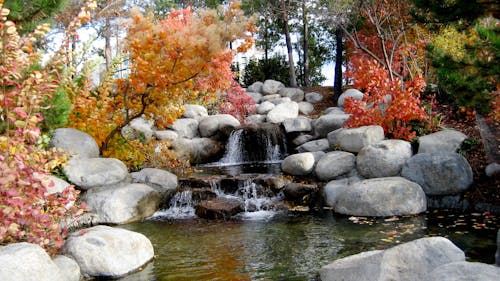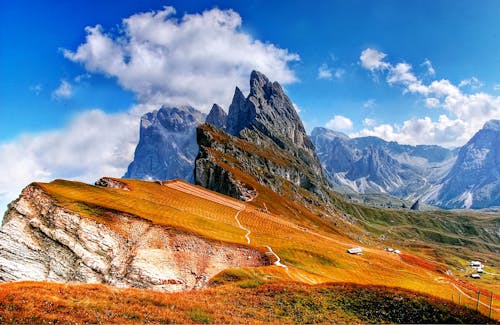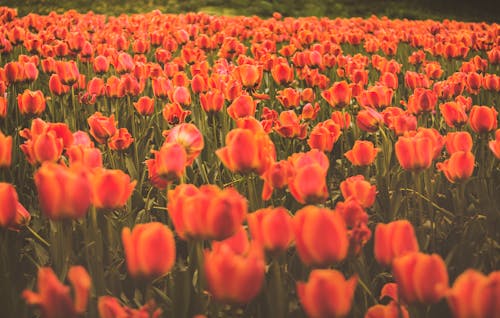Landscape Photography Tips:
The Nature photography to the Next Level!
Landscape photography is a favorite with professional and amateur
photographers alike,and amateur photographers alike.
There awaits a wealth of natural landscapes filled with beauty
and drama, always changing with the seasons. To avoid taking bland images,
follow these top landscape photography tips.
create depths
When you are taking a landscape photograph, try creating a
sense of depth by keeping all the different elements of the image in focus.
To do this you need to use a small aperture, from f/16-f/22
because this keeps objects in the v foreground
and background sharp. Place your camera on a tripod (this will eliminate camera
shake) when using a small aperture, as less light will be entering the lens.
Use a Wide-Angle Lens
Wide-angle lenses are preferred for landscape photography
because they can show a broader view, and therefore give a sense of wide open
space.
They also tend to give a greater depth of field and allow you
to use faster shutter speeds because they allow more light. Taking an image at
f/16 will make both the foreground and background sharp.
Remember to try some interesting angles with the photograph.
Use Photographic Filters
To get the best possible images, you can make use of two
filters in your landscape photography.
Polarizing filters darken the sky and therefore bring out the
blues in contrast to the white of the clouds.
Neutral Density (ND) filters prevent too much light from
entering the camera. This is useful on bright days, when the camera is unable
to give you a slow shutter speed (you may want to capture the movement of the
sky or water for example).
Capture Movement
If you are working with moving water you can create a stunning
white water effect by choosing a long exposure.
One way to do this is by using TV or S (Shutter-Priority) mode
and choosing an exposure of 2 seconds or longer. You can also use AV
(Aperture-Priority) mode and choose a small aperture like f/32 (which generally
requires more light).
If working with bright daylight you must use an ND filter to
reduce the amount of light hitting the camera, and this way the camera will
allow you to have a longer shutter time.
You must always use a tripod for this kind of shot so that the
rest of your image remains sharp.
Use Water as a Mirror
Water in subdued light can create beautiful effects and
reflections.
The best time for this kind of shot is during the two “golden
hours” which are the first hour after sunrise and the last hour before sunset.
Put your camera on a tripod and set the mode dial to TV or S (Shutter-Priority)
mode. Choose a slow shutter speed and allow the camera to choose the correct
aperture.
If you struggle to get a sharp image you can push the ISO up
although ISO 125 is a good starting point.
Recommended Settings
When shooting during the day you can afford to use a smaller
aperture of f/22 to capture a super sharp detailed image.
If you are trying to capture movement of water or of people
and birds, then use a filter to reduce the amount of light going in and
experiment with the shutter speed.
For water you want to choose at least 2 seconds or more and
for moving animals or people start from 1/60.
You should always use a tripod for these types of landscape
images.
Conclusion
Landscapes are a real favorite with photographers and it’s not
hard to see why; you get to spend time in the outdoors and be with nature.
Having patience helps, as you may need to wait for the right
lighting conditions, and there will be times when conditions do not cooperate.
Some landscape photographers will sit for hours to get one
stunning shot for the whole day. That one magic shot makes the time worthwhile.
With patience and some practice, you will develop skill and be
able to capture striking photos of your own.
Learn How To Use Your Camera
(The Fun and Easy Way!)
Learn to take control over your
camera, and get confident with your photography. In only three hours.
This is our most highly recommended
learning program for people that want to take their photography to the next
level!





Comments
Post a Comment